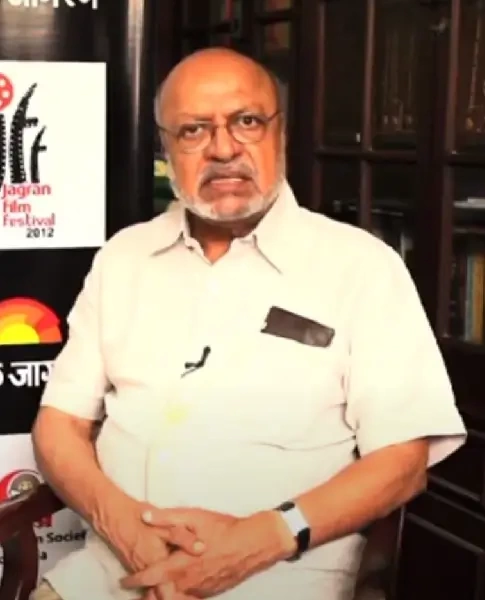Japanese cinema boasts a rich history, captivating audiences for over a century with its unique blend of storytelling, masterful visuals, and distinct cultural perspectives. Here, we delve into some of Japan’s most popular movies across various genres and eras, offering a glimpse into the diverse cinematic landscape:
Samurai Classics:
Seven Samurai (1954): A masterpiece by Akira Kurosawa, this epic film tells the story of a poor village hiring seven samurai warriors to defend themselves from bandits. Renowned for its action sequences, nuanced characters, and exploration of themes like honor and loyalty, “Seven Samurai” continues to influence filmmakers worldwide.
Rashomon (1950): Another Kurosawa masterpiece, “Rashomon” explores the subjectivity of truth by narrating a single incident from multiple perspectives. This innovative film delves into human psychology and the unreliability of memory, leaving a lasting impact on cinema.
Yojimbo (1961): This Kurosawa film introduces the iconic character of a wandering ronin, a master swordsman without a lord. Yojimbo plays rival gangs against each other for his own gain, showcasing humor alongside the samurai code. This film inspired numerous remakes and adaptations, including Sergio Leone’s “A Fistful of Dollars.”
Animation Powerhouse:
Spirited Away (2001): Studio Ghibli’s masterpiece tells the story of a young girl, Chihiro, who enters the spirit world and must work in a bathhouse for supernatural beings. This visually stunning film explores themes of childhood, courage, and environmentalism, captivating audiences of all ages and becoming the highest-grossing anime film of all time.
My Neighbor Totoro (1988): Another Studio Ghibli gem, “My Neighbor Totoro” follows two sisters who encounter friendly forest spirits. This heartwarming film celebrates the beauty of nature and the power of imagination, resonating deeply with children and adults alike.
Akira (1988): A landmark cyberpunk anime film, “Akira” depicts a dystopian future Tokyo grappling with psychic powers and government control. Renowned for its groundbreaking animation, complex narrative, and exploration of social issues, “Akira” remains a cult classic and a major influence on animation worldwide.
Genre-Bending Delights:
Godzilla (1954): This monster movie emerged from the anxieties of post-war Japan, showcasing a giant reptilian creature awakened by nuclear testing. “Godzilla” spawned a massive franchise, with the iconic creature evolving into a metaphor for various environmental and social concerns throughout the decades.
Ringu (1998): This horror film, based on a novel, tells the story of a cursed videotape that kills the viewer seven days after watching it. “Ringu” sparked a wave of Japanese horror films and remakes, captivating audiences with its suspense and exploration of the dark side of technology.
Battle Royale (2000): A dystopian thriller film, “Battle Royale” forces teenagers to fight to the death on a deserted island. This controversial film explores themes of violence, social commentary, and the loss of innocence, sparking discussions upon its release and maintaining a cult following.
Beyond the Blockbusters:
Tokyo Story (1953): Directed by Yasujiro Ozu, this film is a poignant exploration of family dynamics. It follows an elderly couple who visit their grown children in Tokyo, only to feel a sense of neglect and emotional distance. “Tokyo Story” is a masterclass in minimalist filmmaking, showcasing the power of subtle emotions and everyday life.
Woman in the Dunes (1964): This psychological drama depicts a man who becomes trapped in a sandpit with a woman tasked with collecting sand to prevent their dwelling from being buried. This visually striking film explores themes of isolation, human relationships, and the struggle for survival.
Harakiri (1962): This samurai film by Masaki Kobayashi delves into the rigid social hierarchy of feudal Japan. It tells the story of an aging samurai who seeks ritual suicide (harakiri) but faces humiliation from a corrupt lord. “Harakiri” is a powerful critique of feudalism and a reflection on societal hypocrisy.
This list offers just a taste of the vast and vibrant landscape of Japanese cinema. From historical epics and animated wonders to genre-bending films and intimate dramas, Japanese movies continue to captivate audiences worldwide. Whether it’s the enduring legacy of samurai tales, the imaginative worlds of anime, or the exploration of social issues, Japanese cinema offers a rich tapestry of experiences for viewers to explore.





